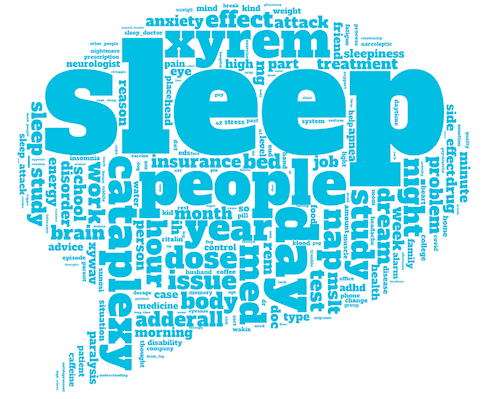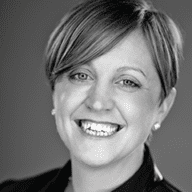
Reading between the lines…TREND Community Voice Report
World Narcolepsy Day 2021 was a day to celebrate. Hundreds of people with narcolepsy and their support members shared their stories of struggles, strength, and sleep. Many spoke out for the first time publicly. For me, the strength it takes to speak openly about living with narcolepsy comes from a desire to raise awareness and reduce time to diagnosis. I feel comfortable publicly sharing vignettes about my life with narcolepsy, yet I reserve some questions for small groups, online support groups, and message boards. That is where the proverbial rubber meets the road. Conversation flows easily behind a veil of anonymity and privacy. It’s where I open up. It’s where life lessons on narcolepsy are learned and taught.
What if there was a way to harness the conversations taking place behind the curtain? What if there was a way to use that data to provide a unique report specific to living with narcolepsy? Those aren’t hypotheticals. The world of data is here. Information and breakthroughs are flowing with an abundance of new data. In cooperation with pwn4pwn.org, TREND analyzed data from the PWN4PWN Facebook group and the subreddit r/narcolepsy to create a report unlike any other. While maintaining anonymity, they distilled the words of over 15,000 individuals in over 40,000 comments.
World Narcolepsy Day 2021 was a day to celebrate. Over 15,000 people with narcolepsy and their support members shared their stories of struggles, strength, and sleep. A collective voice spoke out for the first time publicly. As impressive as that sounds, this is only the first step. TREND has a history of uncovering new directions and areas of focus. With the help of their data processing engine named “Krystie,” the Prader-Willi syndrome community recognized the correlation between PWS and type 1 narcolepsy leading them to medications that could provide relief.
Unpacking a report of over 40,000 comments is daunting. The report describes a lexical (relating to words) analysis; it breaks down statements into burden and management categories based on context. There is a hierarchal organization of terms, and often there is overlap between the usage. While all of this may sound overwhelming and complex, the report relays the data in graph format – making the complex less intimidating to review.
I started with the highlights of unmet needs. People with narcolepsy know the overwhelming experience of excessive daytime sleepiness, we all share that in common. For those with narcolepsy type 1, cataplexy can be as impactful, both full and partial.
One area of the report that jumped off the page to me was “brain fog.” The medical community and people with narcolepsy have slightly different interpretations of this phrase. Helping medical professionals and researchers understand this language barrier will raise awareness about this underrecognized symptom. “Brain fog” is pervasive; the report reflects this and underscores the importance of bridging the gap in usage. It also identified the community lexicon as an area for future exploration.
As a small group facilitator, I hear stories about the impact of comorbid conditions related to both physical and mental health. Depression is explicitly mentioned in the report, as is the need for locating psychiatric professionals with an understanding of narcolepsy and possible collaboration efforts between sleep specialists and psychiatrists.
This blog is a skim of the surface of what is possible and available for this community. Using “Krystie” to examine our journeys as they unfold in online groups can open new doors. Our own experiences can fuel treatments and directions for research. My goal in sharing my story is awareness. There is incredible power in first-person storytelling. Relatability and effective storytelling can raise awareness with written and spoken words. Accessing conversations already taking place allows for more than just the group members to benefit. Using posts and comments, TREND can consolidate and amplify the voice of the community.
World Narcolepsy Day 2021 was a day to celebrate. Advancements in pharmaceutical treatments have accelerated to an unforeseen pace. The community is speaking and sharing. Now our collective voice can be translated. I’m hoping to see more online groups join this endeavor. Our words in those groups help so many, but there is potential to help so many more. Group wisdom can benefit tens of thousands of members, but globally there are 3 million who could also benefit. I hope that the success we have built will continue as voices are heard exponentially through the power of data.
I am the World’s Strongest Person having narcolepsy with cataplexy. Those words have meaning; I hope you come back to learn more.
– Contributed by Matt Horsnell, Narcolepsy Community Advocate

